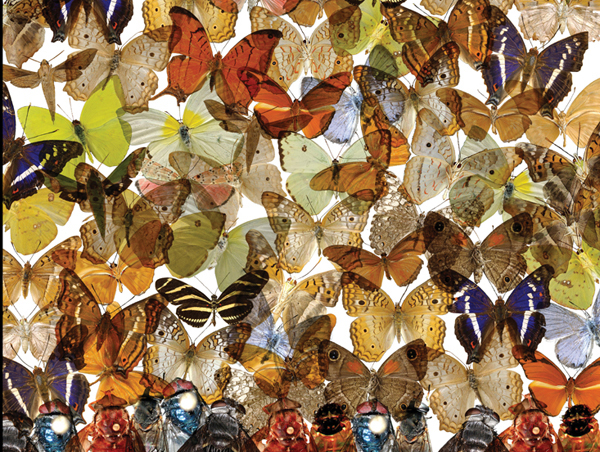CHAPTER 44 INTRODUCTION
CORE CONCEPTS
44.1 The animal tree of life consists of more than a million species.
44.2 The earliest branches of the animal tree include sponges, cnidarians, ctenophores, and placozoans.
44.3 Bilaterians, including protostomes and deuterostomes, have bilateral symmetry and develop from three germ layers.
44.4 Vertebrates have a bony cranium and vertebral column, and include fish, reptiles, birds, and mammals.
44.5 Animals first evolved more than 600 million years ago in the oceans, and by 500 million years ago, the major structural and functional body plans of animal phyla were in place.

Biologists have described about 1.8 million species of eukaryotic organisms from the world’s forests, deserts, grasslands, and oceans. Of these, about 1.3 million species are animals. There is reason to believe that animal diversification began in the oceans, but today most animal species are found on land. The majority of all known animal species are insects.
In previous chapters, we saw how the organ systems of animals enable them to move, feed, and behave in different ways. Clearly, this wide range of functions has permitted animals to diversify to a degree unmatched by plants, fungi, algae, or protozoans. And just as clearly, species diversity is unevenly distributed among major animal groups. How can we bring phylogenetic order to animal diversity, and how, in turn, can we understand the biological traits that have given rise to such great diversity on a few branches of the animal tree of life?